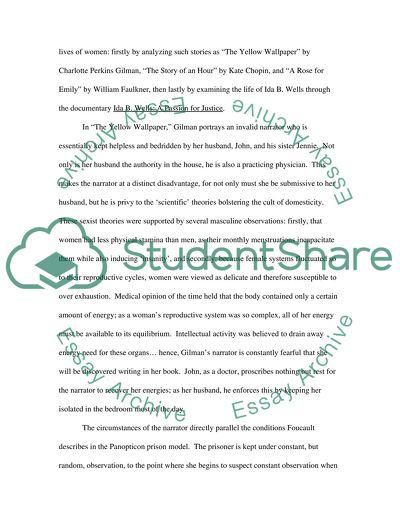Cite this document
(“The Interconnection of Panopticism and the Cult of Domesticity Essay”, n.d.)
The Interconnection of Panopticism and the Cult of Domesticity Essay. Retrieved from https://studentshare.org/miscellaneous/1520900-the-interconnection-of-panopticism-and-the-cult-of-domesticity
The Interconnection of Panopticism and the Cult of Domesticity Essay. Retrieved from https://studentshare.org/miscellaneous/1520900-the-interconnection-of-panopticism-and-the-cult-of-domesticity
(The Interconnection of Panopticism and the Cult of Domesticity Essay)
The Interconnection of Panopticism and the Cult of Domesticity Essay. https://studentshare.org/miscellaneous/1520900-the-interconnection-of-panopticism-and-the-cult-of-domesticity.
The Interconnection of Panopticism and the Cult of Domesticity Essay. https://studentshare.org/miscellaneous/1520900-the-interconnection-of-panopticism-and-the-cult-of-domesticity.
“The Interconnection of Panopticism and the Cult of Domesticity Essay”, n.d. https://studentshare.org/miscellaneous/1520900-the-interconnection-of-panopticism-and-the-cult-of-domesticity.


